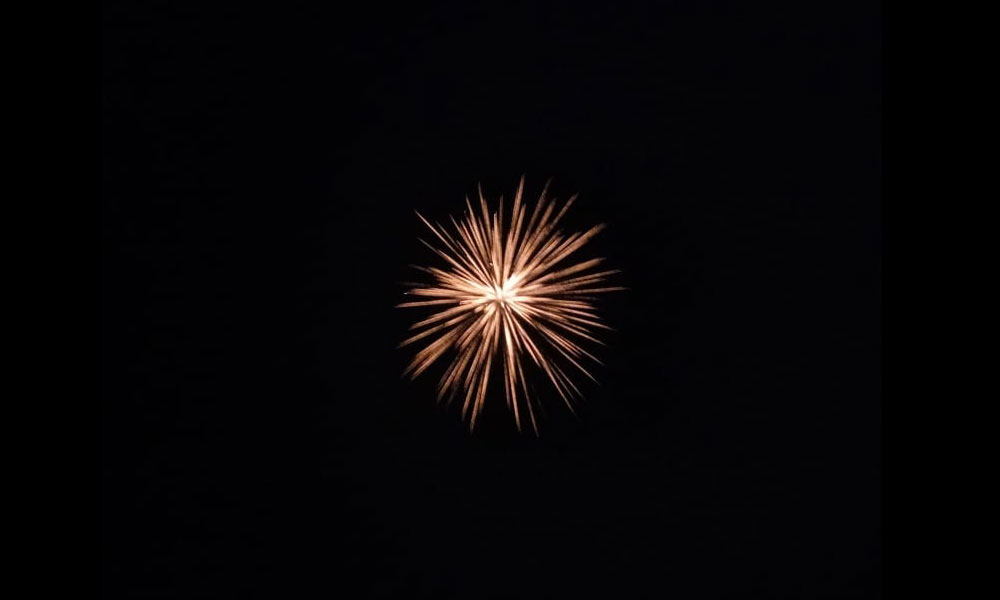Under the Environment Protection Act of 1986, the manufacture, sale, or use of firecrackers generating noise level exceeding 125 dB at a four-meter distance from the point of bursting should be prohibited.
Bangalore, Nov. 19, 2018: Despite the Supreme Court’s order to burst “green crackers” only between 8 p.m. to 10 p.m. during the Diwali celebrations, people all over India have been bursting illegal crackers, increasing emission levels without following the time period allotted.
“Green crackers” are those that have reduced emission and noise levels, and do not contain oxidizers like nitrates, per-chlorates and chlorates which cause harmful diseases. A study conducted by the National Institute of Health has found that per-chlorates cause hormonal imbalance and other gland-related issues, since it interferes with the normal level of gland-secretion by the thyroid gland.
An official from the Central Pollution Control Board in Bangalore said, “People neglect the after-effects of crackers burst on Diwali, because they justify it by saying, ‘Air pollution is caused throughout the year by industries and vehicular emissions. One day’s pollution is not going to cause much harm.’”
Another reason the ban on harmful crackers was not carried through is the plight of workers who make fireworks. Murugan, firework maker from Sivakasi claimed that they start manufacturing crackers two months before Diwali. He said, “We produce enough crackers during those two months that would last for the whole year, to be sold during Christmas and New Year’s as well.” After those two months, they seek job offers that provide daily wages, like construction. Sabari, a fireworks seller stated that, though production of crackers is harmful for their health, they have no other option, since this is their major source of income. They get skin infections from the chemicals in crackers, such as aluminum and barium, WHICH are not easily washable and stay under their nails. Furthermore, their appetite is affected after a while since the intake of these chemicals harms their digestive system.
According to the Air Quality Index data released by the Central Pollution Control Board, the pollutant that caused the highest level of air pollution in India on Diwali (November 6) was PM10 (Particulate Matter 10).
AirNow, a website that contains information about air quality, states that PM10, which are particles in the air of solid as well as liquid state, are less than or equal to ten micrometers in diameter. They are so small that they can easily get into our lungs and cause various respiratory problems. Ten micrometers is less than the width of a single strand of human hair.
Noise pollution is another factor to be considered. An officer who works in the Ambient Air Quality section of Karnataka State Pollution Control Board in Bangalore said, “There are many laws related to air and noise pollution caused by firecrackers, to protect our environment and its people. None of them are being followed. These laws are useless.”
The impact is mainly in terms of health. A nurse from Fortis Hospital in Bangalore said, “Minto Hospital and Victoria Hospital in Bangalore saw a lot of burn and fire accident cases during Diwali, since they are the only hospitals that can treat these cases in large numbers. Unfortunately, our hospital’s scope of service doesn’t extend to treating burns and fire accidents.”
The Chief Environment Officer from the KSPCB claimed that banning the sale of harmful crackers and enforcing restrictions won’t be entirely effective until there is severe punishment when someone breaks the rule.





